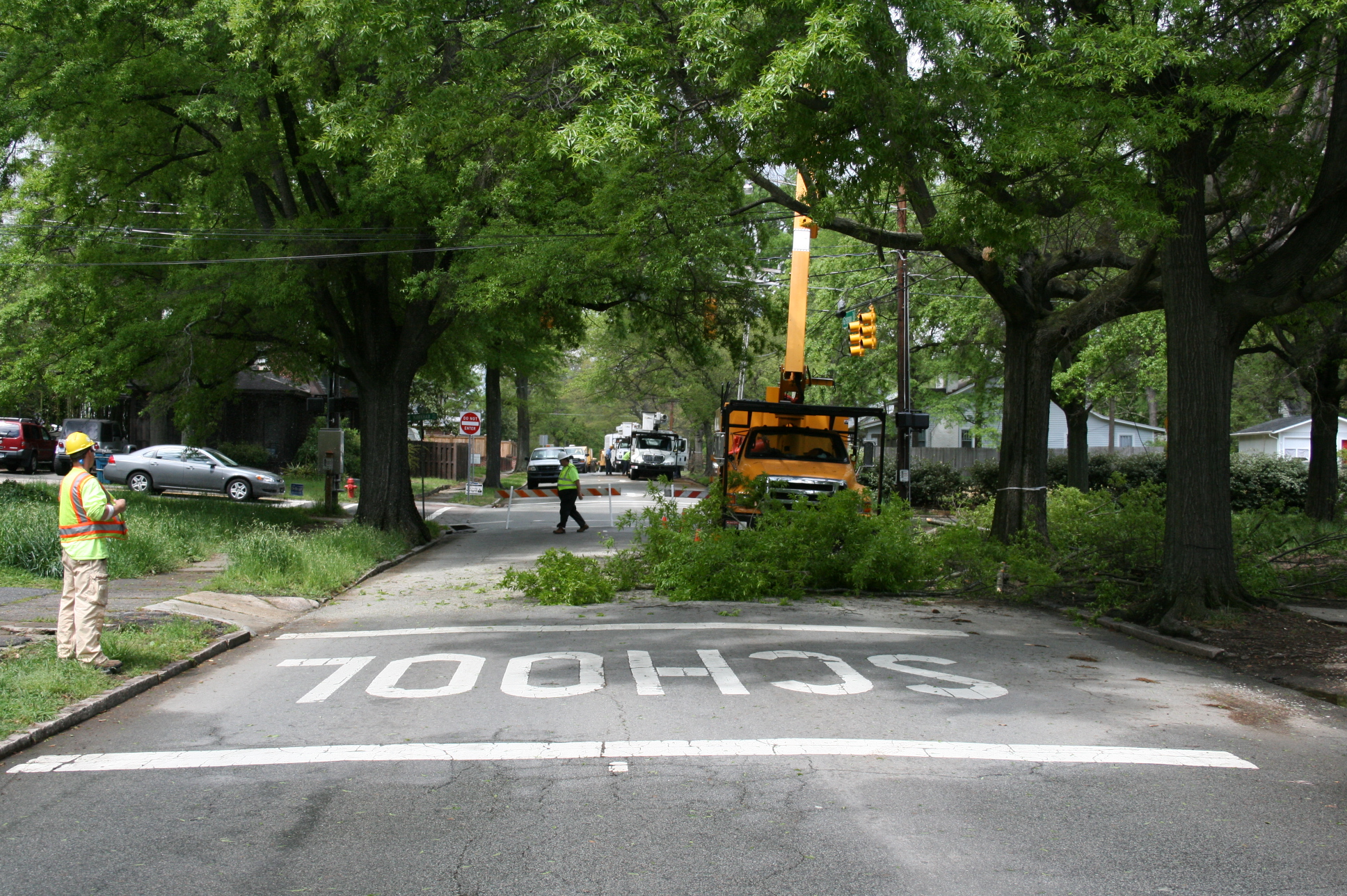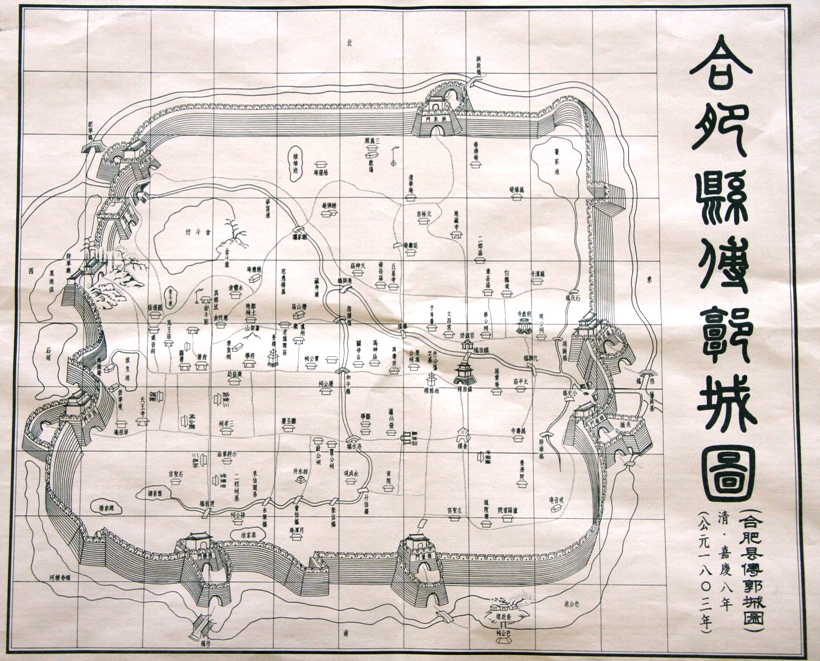|
Ilex Macrocarpa
''Ilex macrocarpa'' is a species of flowering plant in the holly family Aquifoliaceae, native to central and southern China, and Vietnam. A deciduous tree typically tall, it is found in a wide variety of temperate habitats, including roadsides, from above sea level. It differs from other hollies by its large black fruit. It is used as a street tree in Hefei Hefei is the Capital city, capital of Anhui, China. A prefecture-level city, it is the political, economic, and cultural center of Anhui. Its population was 9,369,881 as of the 2020 census. Its built-up (or ''metro'') area is made up of four u ..., China. Subtaxa The following varieties are accepted: *''Ilex macrocarpa'' var. ''longipedunculata'' – southern China *''Ilex macrocarpa'' var. ''macrocarpa'' – entire range *''Ilex macrocarpa'' var. ''reevesiae'' – central China References macrocarpa Flora of North-Central China Flora of South-Central China Flora of Southeast China Flora of Vietnam Plants d ... [...More Info...] [...Related Items...] OR: [Wikipedia] [Google] [Baidu] |
Daniel Oliver (botanist)
Daniel Oliver, FRS (6 February 1830, Newcastle upon Tyne – 21 December 1916) was an English botanist. Career He was Librarian of the Herbarium, Royal Botanic Gardens, Kew from 1860 to 1890 and Keeper there from 1864 to 1890, and Professor of Botany at University College, London from 1861 to 1888. In 1864, while at UCL, he published ''Lessons in Elementary Botany'', based upon material left in manuscript by John Stevens Henslow, and illustrated by Henslow's daughter, Anne Henslow Barnard of Cheltenham. With a second edition in 1869 and a third in 1878 this book was reprinted until at least 1891. Oliver regarded this book as suitable for use in schools and for young people remote from the classroom and laboratory. He was elected a member of the Linnean Society, awarded their Gold Medal in 1893, and awarded a Royal Medal by the Royal Society in 1884. In 1895, botanist Tiegh published '' Oliverella'', a genus of flowering plants from East Africa, belonging to the family Lo ... [...More Info...] [...Related Items...] OR: [Wikipedia] [Google] [Baidu] |
Holly
''Ilex'' () or holly is a genus of over 570 species of flowering plants in the family Aquifoliaceae, and the only living genus in that family. ''Ilex'' has the most species of any woody dioecious angiosperm genus. The species are evergreen or deciduous trees, shrubs, and climbers from tropics to temperate zones worldwide. The type species is '' Ilex aquifolium'', the common European holly used in Christmas decorations and cards. Description The genus is widespread throughout the temperate and subtropical regions of the world. It includes species of trees, shrubs, and climbers, with evergreen or deciduous foliage and inconspicuous flowers. Its range was more extended in the Tertiary period and many species are adapted to laurel forest habitats. It occurs from sea level to more than with high mountain species. It is a genus of small, evergreen trees with smooth, glabrous, or pubescent branchlets. The plants are generally slow-growing with some species growing to tall. The ... [...More Info...] [...Related Items...] OR: [Wikipedia] [Google] [Baidu] |
Aquifoliaceae
''Ilex'' () or holly is a genus of over 570 species of flowering plants in the family Aquifoliaceae, and the only living genus in that family. ''Ilex'' has the most species of any woody dioecious angiosperm genus. The species are evergreen or deciduous trees, shrubs, and climbers from tropics to temperate zones worldwide. The type species is ''Ilex aquifolium'', the common European holly used in Christmas decorations and cards. Description The genus is widespread throughout the temperate and subtropical regions of the world. It includes species of trees, shrubs, and climbers, with evergreen or deciduous foliage and inconspicuous flowers. Its range was more extended in the Tertiary period and many species are adapted to laurel forest habitats. It occurs from sea level to more than with high mountain species. It is a genus of small, evergreen trees with smooth, glabrous, or pubescent branchlets. The plants are generally slow-growing with some species growing to tall. The type ... [...More Info...] [...Related Items...] OR: [Wikipedia] [Google] [Baidu] |
Street Tree
Urban forestry is the care and management of single trees and tree populations in Urban area, urban settings for the purpose of improving the urban environment. Urban forestry involves both planning and management, including the programming of care and maintenance operations of the urban forest. Urban forestry advocates the role of trees as a critical part of the urban infrastructure. Urban foresters plant and maintain trees, support appropriate tree and forest preservation, conduct research and promote the many benefits trees provide. Urban forestry is practiced by municipal and commercial arborists, municipal and utility foresters, environmental policymakers, city planners, consultants, educators, researchers and community activists. Benefits Environmental and health impacts Heat waves cause 1,300 deaths each year in the United States alone, which is more than any other weather-related event. As temperatures continue to rise due to global warming, we can expect to see ... [...More Info...] [...Related Items...] OR: [Wikipedia] [Google] [Baidu] |
Hefei
Hefei is the Capital city, capital of Anhui, China. A prefecture-level city, it is the political, economic, and cultural center of Anhui. Its population was 9,369,881 as of the 2020 census. Its built-up (or ''metro'') area is made up of four urban districts plus Feidong, Feixi and Changfeng counties being urbanized, and was home to 7,754,481 inhabitants. Located in the central portion of the province, it borders Huainan to the north, Chuzhou to the northeast, Wuhu to the southeast, Tongling to the south, Anqing to the southwest and Lu'an to the west. A natural hub of communications, Hefei is situated to the north of Chao Lake and stands on a low saddle crossing the northeastern extension of the Dabie Mountains, which forms the divide between the Huai River, Huai and Yangtze rivers. The present-day city dates from the Song dynasty. Before World War II, Hefei remained essentially an administrative centre and the regional market for the fertile plain to the south. It has gone thro ... [...More Info...] [...Related Items...] OR: [Wikipedia] [Google] [Baidu] |
Ilex
''Ilex'' () or holly is a genus of over 570 species of flowering plants in the family Aquifoliaceae, and the only living genus in that family. ''Ilex'' has the most species of any woody dioecious angiosperm genus. The species are evergreen or deciduous trees, shrubs, and climbers from tropics to temperate zones worldwide. The type species is ''Ilex aquifolium'', the common European holly used in Christmas decorations and cards. Description The genus is widespread throughout the temperate and subtropical regions of the world. It includes species of trees, shrubs, and climbers, with evergreen or deciduous foliage and inconspicuous flowers. Its range was more extended in the Tertiary period and many species are adapted to laurel forest habitats. It occurs from sea level to more than with high mountain species. It is a genus of small, evergreen trees with smooth, glabrous, or pubescent branchlets. The plants are generally slow-growing with some species growing to tall. The type ... [...More Info...] [...Related Items...] OR: [Wikipedia] [Google] [Baidu] |
Flora Of North-Central China
Flora (: floras or florae) is all the plant life present in a particular region or time, generally the naturally occurring ( indigenous) native plants. The corresponding term for animals is ''fauna'', and for fungi, it is ''funga''. Sometimes bacteria and fungi are also referred to as flora as in the terms ''gut flora'' or ''skin flora'' for purposes of specificity. Etymology The word "flora" comes from the Latin name of Flora, the goddess of plants, flowers, and fertility in Roman mythology. The technical term "flora" is then derived from a metonymy of this goddess at the end of the sixteenth century. It was first used in poetry to denote the natural vegetation of an area, but soon also assumed the meaning of a work cataloguing such vegetation. Moreover, "Flora" was used to refer to the flowers of an artificial garden in the seventeenth century. The distinction between vegetation (the general appearance of a community) and flora (the taxonomic composition of a community) was ... [...More Info...] [...Related Items...] OR: [Wikipedia] [Google] [Baidu] |
Flora Of Vietnam
The wildlife of Vietnam is rich in flora and fauna as reflected by its unique biodiversity. Saola, rare and antelope-like animal categorized under the Bovinae, bovine subfamily, was found in 1992 in Vũ Quang National Park. In the 1990s, three other muntjac species, the deer-like Truong Son muntjac (found in Bạch Mã National Park), giant muntjac (found in Vũ Quang National Park) and Pu Hoat muntjac (found in Pù Hoạt, Nghệ An), were also discovered. Conservation protection and scientific studies of the ecology of Vietnam, particularly in the protected forest areas, have been given priority attention by the Government of Vietnam. Laws were enacted to set up Xuân Thủy Wetland National Park, four UNESCO Biosphere Reserves, and Hạ Long Bay and Phong Nha-Kẻ Bàng National Parks; the last two are also designated as UNESCO World Heritage Sites. The rich diversity of Vietnam's wildlife includes 11,400 species of vascular plants, 1030 species of moss, 310 species of mammals ... [...More Info...] [...Related Items...] OR: [Wikipedia] [Google] [Baidu] |




